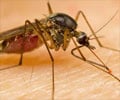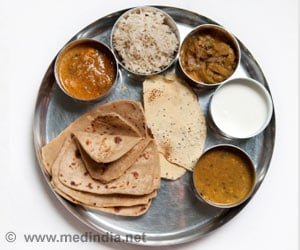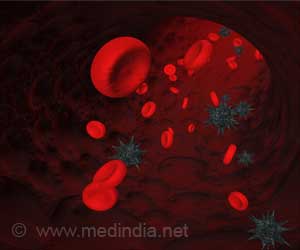Malaria caused by the deadly plasmodium falciparum parasite is becoming increasingly common in India.
Malaria caused by the deadly plasmodium falciparum parasite is becoming increasingly common in India. Though there has been an overall drop in the number of malaria cases from 30 lakh in 1996 to 16 lakh in 2006, infections caused by plasmodium falciparum have increased from 38% to nearly 50% in recent years.
According to vector-borne disease experts, malaria caused by plasmodium falciparum was just 20% in the 1980s. Back then, high numbers of malarial cases were caused by the less virulent plasmodium vivax parasite.Dr Jai P Narain, director of communicable diseases, WHO southeast Asia observes, "The malaria epidemic in India is changing. Cases caused by the more dangerous falciparum parasite have increased drastically. In the 1970s, 90% of all malaria cases were caused by the vivax parasite. Now, over 50% are caused by falciparum."
Dr Narain also said when certain strains develop resistance to existing drugs, new drugs need to be introduced. Artemisinin-based combination therapy (ACT) is now recommended to treat plasmodium falciparum.
Dr A P Dash, director of ICMR's National Institute of Malaria Research, said, "Plasmodium falciparum has become drug resistant to chloroquine, the drug of choice against malaria earlier. This caused an increase in its incidence. Vivax, on the other hand, can still be combated by chloroquine. Humans have also developed immunity against the vivax parasite."
Health experts agree that ACT needs to be scaled up immediately. “If India manages to scale up ACT by 80% before 2010, along with 80% bed net coverage, it could achieve reduction in malaria cases by 50% by 2010," Dr Narain said.
According to National Vector-Borne Disease Control Programme chief Dr G P S Dhillon, ACT was already being used in the seven northeastern states in India where malaria is endemic and likewise in all PHCs where drug resistance has been noticed.
Advertisement
An estimated 20 million cases of malaria are detected, resulting in 100,000 deaths each year from malaria in the region of south east Asia. With nearly 83% of population in the area at risk, Malaria remains the major health problem that challenges the area.
Advertisement
Dr Samlee Plianbangchang, WHO regional director, observed that high-risk populations vulnerable to malaria included ”those who lived in urban slums, the poor, ethnic groups, mobile populations, young adults and border communities.”
Listing some states reporting high incidence of the deadly malarial strain, Dr. Narain said, "Some states like Orissa, which has about 3% of the country's population, report 28% of India's falciparum cases. Five states including Jharkhand and Chhattisgarh record 60% of India's malaria cases while West Bengal, Andhra Pradesh, Maharashtra, Madhya Pradesh, Rajasthan and Gujarat report high proportion of plasmodium falciparum deaths."
India's National Health Policy is aiming to reduce mortality on account of malaria by 50% by the year 2010.
Source-Medindia
THK/L









